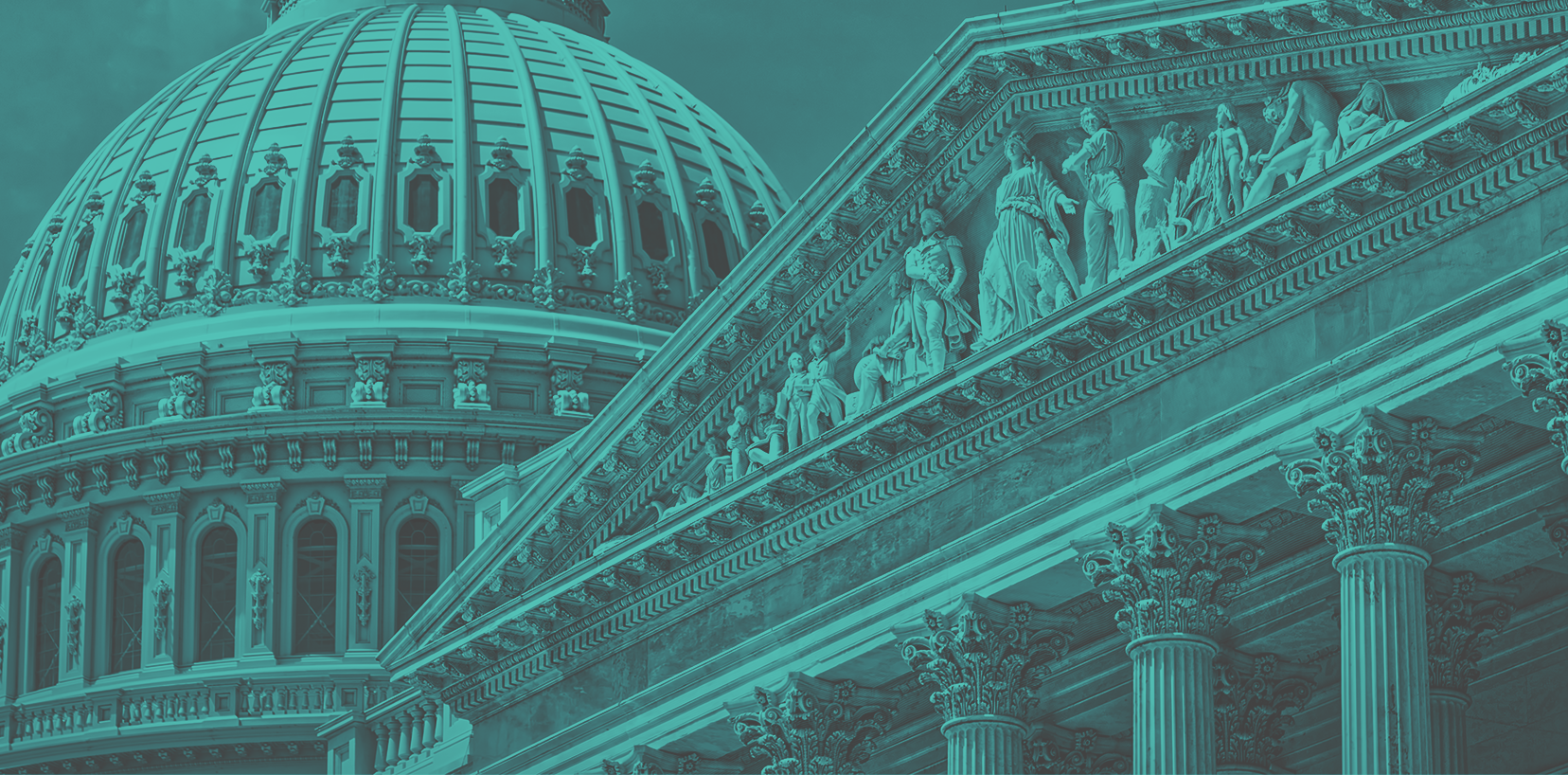
On May 22nd the Small Business Administration (SBA), in conjunction with the Department of the Treasury, issued a new Interim Final Rule providing additional information for borrowers planning to apply for Paycheck Protection Program (PPP) loan forgiveness. Here are some highlights from this long-awaited guidance for borrowers.
Alternative beginning date of eight-week covered period. Specified payroll costs paid or incurred during the eight-week covered period are eligible for forgiveness. Previously, the eight-week period began upon the disbursement of the borrower’s PPP loan. The new Interim Final Rule provides that borrowers can elect to use an “alternative payroll covered period”: the first day of the first payroll cycle in the covered period.
Definition of “payroll costs” further clarified. The Interim Final Rule provides that salary, wages, or commissions paid to furloughed employees during the covered period are eligible for forgiveness of up to $100,000, prorated for the covered period. In addition, because hazard pay and bonuses are a supplement to salary or wages and are a similar form of compensation, they are eligible for loan forgiveness if an employee’s total annual compensation does not exceed $100,000.
Learn more about this new PPP guidance by attending the webinar, “PPP Loan Forgiveness” on June 4, 2020.
Caps on the amount of loan forgiveness for owner-employees and self-employed individuals. The Interim Final Rule indicates that the amount of loan forgiveness for owner-employees and self-employed individuals can be no more than the lesser of 8/52 of 2019 compensation or $15,385 per individual in total across all businesses. While owner-employees are limited to forgiveness in the amount of their employee cash compensation for 2019 plus employer retirement and health care contributions made on their behalf, self-employed individuals, including Schedule C filers and general partners, are not eligible for additional forgiveness for retirement or health insurance contributions, as those expenses are paid out of their net self-employment income.
Timing of non-payroll costs eligible for forgiveness. Non-payroll costs (e.g., certain interest payments, rent obligations, and utility payments not exceeding 25 percent of the loan forgiveness amount) are eligible for forgiveness if they are (1) paid during the covered period or (2) incurred during the covered period and paid on or before the next regular billing date—even if the billing date falls after the covered period.
Definition of full-time equivalent employee. The CARES Act does not provide a definition of full-time equivalent employee (FTEE). In contrast to the Affordable Care Act, which defines an FTEE as an employee who works 30 hours or more per week, the Interim Final Rule defines FTEEs as employees who work 40 hours or more each week. For employees who work fewer than 40 hours per week, the Interim Final Rule allows borrowers to choose between two methods of calculating their average number of FTEEs: (1) calculate the average number of hours a part-time employee was paid per week during the covered period, or (2) use a full-time equivalency of 0.5 for each part-time employee.
Clarification to reduction in loan forgiveness amount. Previous guidance (FAQ no. 40) provided that employees who declined an offer of re-hire were exempt from the calculation of loan forgiveness reduction. That is, borrowers may count the employee at the same full-time equivalency level before the reduction event occurred in calculating any reduction in the loan forgiveness amount. The Interim Final Rule states that a similar exemption is available if a borrower had previously reduced an employee’s hours and offered to restore the hours at the same salary or wages. In addition, the Interim Final Rule provides that a reduction in the loan forgiveness amount due to a reduction in salary or wages in excess of 25 percent between January 1, 2020, and March 31, 2020, applies only to the portion of the decline in employee salary and wages not attributable to a reduction in the number of FTEEs. This will avoid a double penalty for reductions.
Moreover, when an employee is fired for cause, voluntarily resigns, or voluntarily requests a reduction in hours during the covered period (or alternative covered period), such employees are exempt from the borrower’s loan forgiveness reduction calculation. Documentation demonstrating that the employee was fired for cause, voluntarily resigned, or voluntarily requested a reduced schedule is required and must be provided by the borrower upon request.
On May 15, 2020, the SBA and the Department of the Treasury also issued the PPP Loan Forgiveness Application, which borrowers must complete in accordance with the accompanying instructions or electronically through their lender. As the first PPP loans were disbursed after April 3rd, the eight-week covered period will soon be over for some borrowers, at which point they can apply for loan forgiveness. All borrowers must submit their forgiveness applications by October 31, 2020. Lenders must issue their loan forgiveness decision within 60 days from receipt of a borrower’s completed application.



